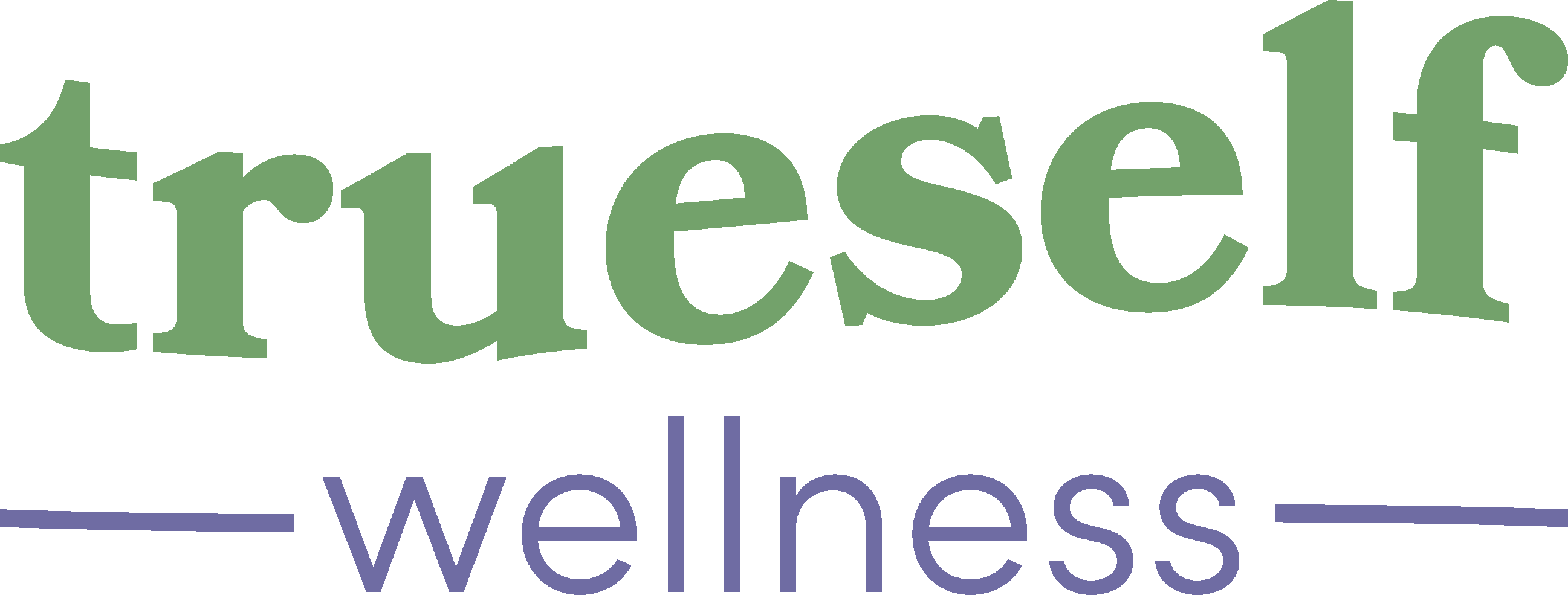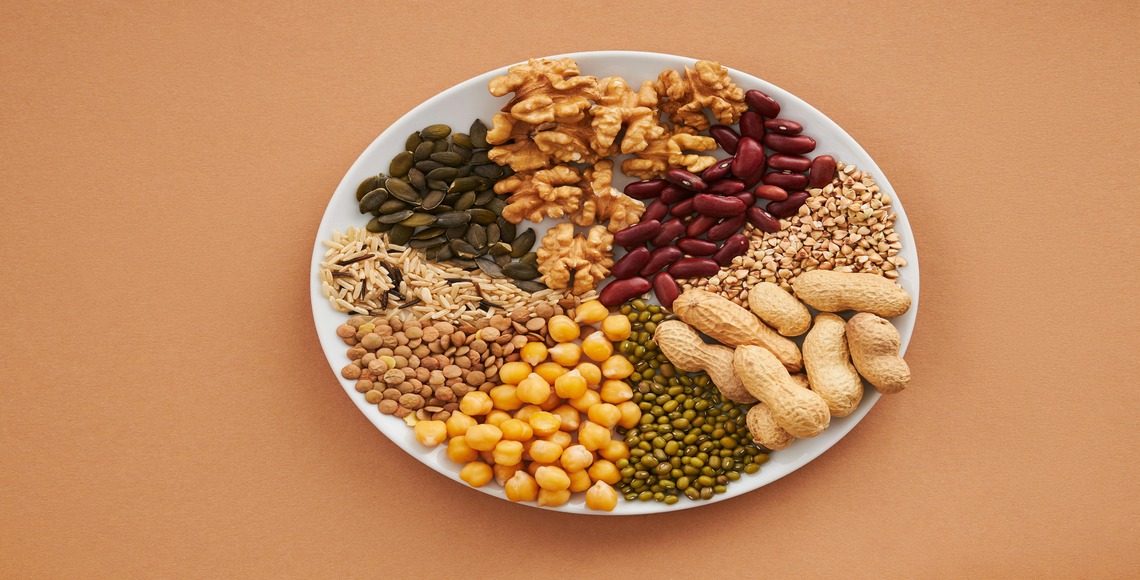Did you know that iron deficiency is the most prevalent nutrient deficiency in the world? The World Health Organization reports that 30% of the world’s population has an iron deficiency. That technically qualifies as its own epidemic. While it’s often attributed to limited access to healthy diet in developing countries, iron deficiency is also the most prevalent nutritional deficiency in the United States (with an estimated 9% to 16% of all adolescent females experiencing deficiency). Part of the reason for its prevalence are its varying, misunderstood symptoms.
What Is Iron Deficiency Anemia?
There are many forms of anemia. Generally, the term describes a lack of healthy red blood cells to carry oxygen to your body’s tissues. Anemia can be temporary or long-term, and symptoms can range from mild to severe.
Iron deficiency anemia, in particular, is common and generally caused by a diet lacking sufficient iron. Bahee Van de Bor, pediatric dietitian and spokesperson for the British Dietetic Association (BDA) explains, “Iron is a mineral that is essential for making a protein called hemoglobin. Hemoglobin housed in red blood cells transports oxygen in the blood to the various major tissues and organs in the body.” Iron also helps to strengthen the immune system and generally supply your body with energy.
What Are Symptoms of Iron Deficiency Anemia?
Some people can be iron deficient and have mild symptoms that they barely notice; but if left untreated over time, symptoms can become severe. According to the Mayo Clinic, common symptoms include:
- Extreme fatigue
- Weakness
- Pale skin
- Chest pain, fast heartbeat or shortness of breath
- Headache, dizziness or lightheadedness
- Cold hands and feet
- Inflammation or soreness of your tongue
- Brittle nails
- Unusual cravings for non-nutritive substances, such as ice, dirt or starch
- Poor appetite, especially in infants and children with iron deficiency anemia
Causes
Iron deficiency can be the result of recurring blood loss (either from menstruation or an internal bleed from an ulcer, hernia, or polyp), pregnancy (since women’s reserves of hemoglobin must provide for their own tissues and their fetus), an inability to absorb iron from food (intestinal disorders such as celiac disease can compromise your small intestine’s ability to absorb nutrients), and, of course, a diet lacking in irony.
Common food sources of iron include:
- Red meat
- Seafood
- Dark, leafy green vegetables
- Dried fruit (raisins and apricots)
- Iron-enriched cereals, breads, and pastas
Iron from animal products (while red meat has the most, fish and poultry also have lower amounts of iron) is easy for the body to absorb, while iron from plants is more difficult.
Other risk factors include:
- High consumption of tannins (an organic, bitter substance often found in wine, coffee, and tea) which can inhibit iron absorption
- Heavy bleeding during menstruation
- Consuming too many phytates (a natural compound found in beans, grains, nuts, and seeds) which can block iron absorption
Generally, individuals most at risk for iron deficiency are infants and children (who need extra iron while they’re growing), frequent blood donors (who may not be recovering enough hemoglobin in between donations), vegetarians, and women (particularly women who experience heavy bleeding during menstruation).
Prevention
Incorporating iron-rich foods is always a positive first step to treat iron deficiency. Additionally, increasing your Vitamin C can help your body absorb iron. The Mayo Clinic suggests increasing intake of citrus fruits, broccoli, leafy greens, peppers, and/or tomatoes to boost your Vitamin C intake.
If symptoms do not improve with an iron-enriched diet, then it’s worth asking your doctor if you may have an underlying condition.











